Learning the right way to sit is an important step in building your meditation practice.
Even though lotus pose is a popular meditation posture, it can be a hindrance if you’re not flexible enough to do it the right way.
I recommend starting with something easy and familiar: sitting on a chair, kneeling, or lying down. These three options are easy to maintain for 10 or 20 minutes, especially if you’re not sure how long to meditate.
3 Best Meditation Poses for Beginners
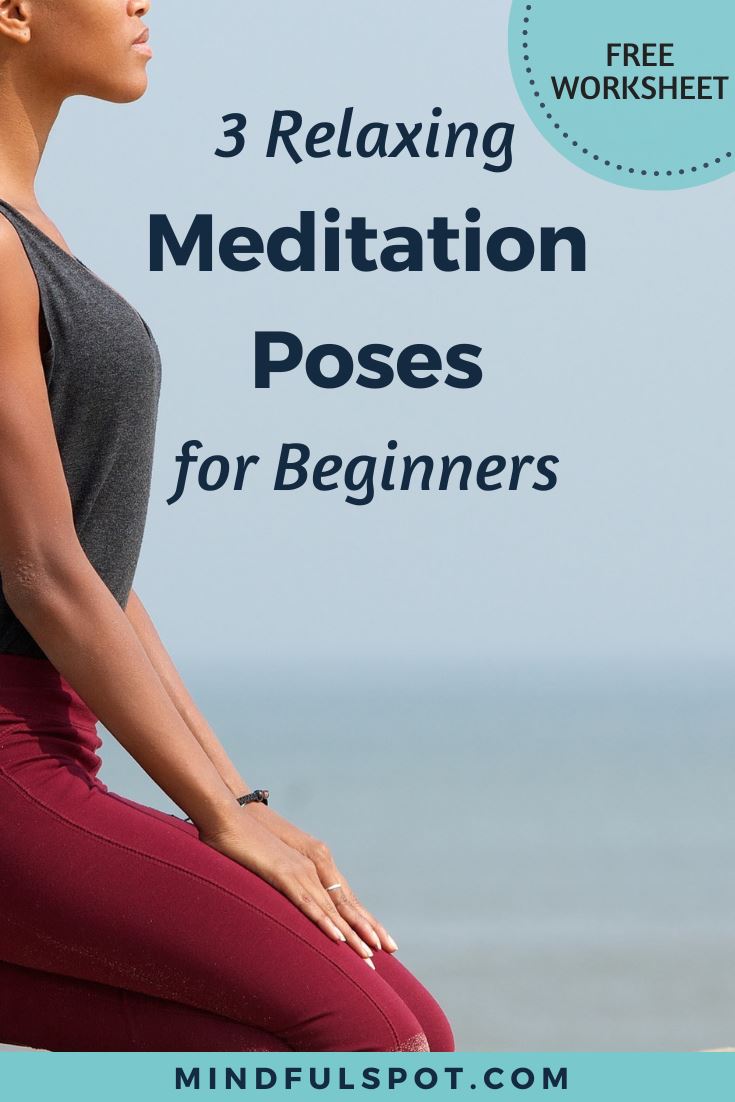

FREE Self-Test: How Spiritual Are You?
In this post, I’ll use an educational video created by Mental Workout to show you the best way to position your body when you practice mindful breathing.
1. Sitting on a chair

Unless you’re particularly flexible, the best position is to sit comfortably on a straight-backed desk or a kitchen chair. Cushy arm chairs aren’t recommended because their contours make it hard to sit up straight.
Sit toward the front of the chair with your feet planted firmly on the floor. Resist the temptation to slouch or lean in any direction: It’s best to sit with your back comfortably erect without external support. You can rest your hands on your thighs, palms up or down, or you can clasp or fold them in your lap.
Close your eyes or keep them half open, looking down just enough to allow in some light, but not enough to distract you. If you find it difficult to sit up straight, you can experiment with adding a cushion to raise your sitz bones, so your butt is slightly higher than your knees. This helps tilt the pelvis forward, encourages the natural curvature of the spine, and facilitates easy open breathing.
The key here is not too tight and not too loose. Just maintain the right amount of muscle tone to keep your body comfortably straight. If you like, you can imagine that you’re a mountain, with your base firmly rooted in the earth and your peak rising upward toward the sky.
2. Kneeling
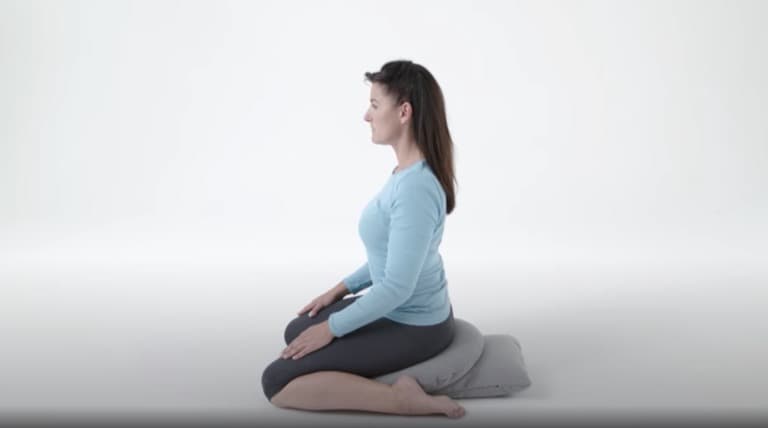
One other sitting option is the kneeling position.
Begin by finding a cushion that works well for you. It should give you enough height that you can keep your back comfortably straight without effort or strain.
Place a cushion between your legs and sit back down. Don’t put too much pressure on your knees and if they start to hurt, best to shift to another position.
3. Lying down
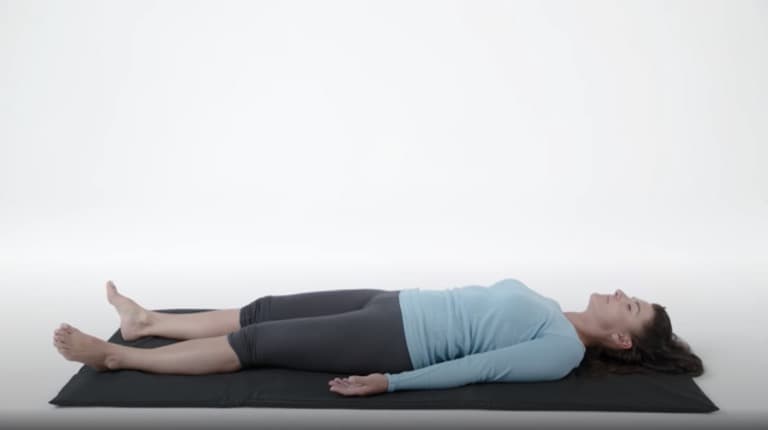
If none of the sitting positions works well for you, you can meditate lying down. Just lie on your back on a soft, firm surface with your arms at your sides, and your palms facing upwards. Best to do this in the morning to avoid the temptation to fall asleep.
Whatever position you take, let your breathing be natural and gradually bring your attention to your breath.
Related article: 3 Best Affordable Yoga Mats Under $25
Try Cross-Legged Position When You’re Ready
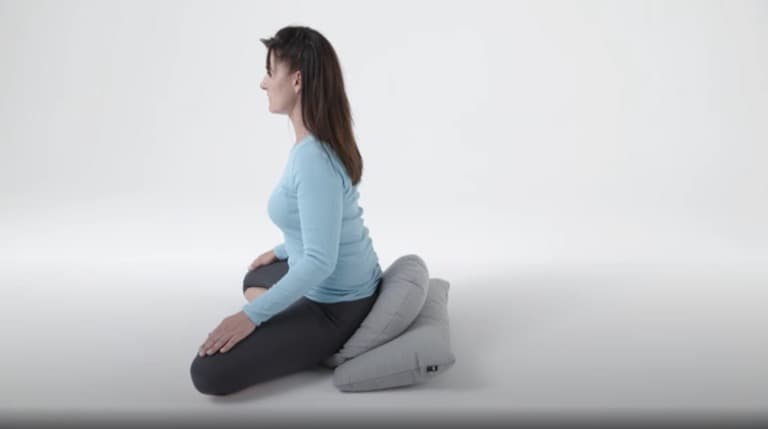
If you’re relatively flexible, you can explore sitting on the floor in the classic cross-legged position.
Cross your legs in front of you, one in front of the other on the floor. In general, when you sit for long periods of time without moving, you’ll invariably feel some discomfort. Resist the temptation to shift every time you’re uncomfortable and remain sitting in the midst of the discomfort as much as you can.
This will build up your endurance and your ability to be with uncomfortable situations in every area of your life. At the same time, if you get to the point where you’re just unbearably uncomfortable, by all means, shift your position to a more comfortable one. You don’t want to end up pushing yourself too hard and disliking your meditation practice.
Again, not too tight, not too loose. If you have difficulty touching your knees to the floor, you can put cushions under them for support. But don’t sit with your knees in the air and your back rounded, as some people do. It’s not good for your back and inhibits your breathing. Better to sit on a chair.
Video Instructions for Meditation Postures
In Conclusion

FREE mindfulness resources for stress relief
Try each of these options and decide which one you like the most. The best meditation posture will cause you minimal physical discomfort while also helping you meditate for longer periods of time. Download the free worksheet below to get started today.
I’m a freelance writer and mindfulness advocate behind this blog. I started my meditation practice in 2014, and in 2017 I launched this website to share what I learn with others. Here are the three things you can do here:
1. Schedule a free consult if you want to learn Buddhist meditation.
2. Download free mindfulness resources for stress relief
3. Join Patreon for exclusive content and community meetings.

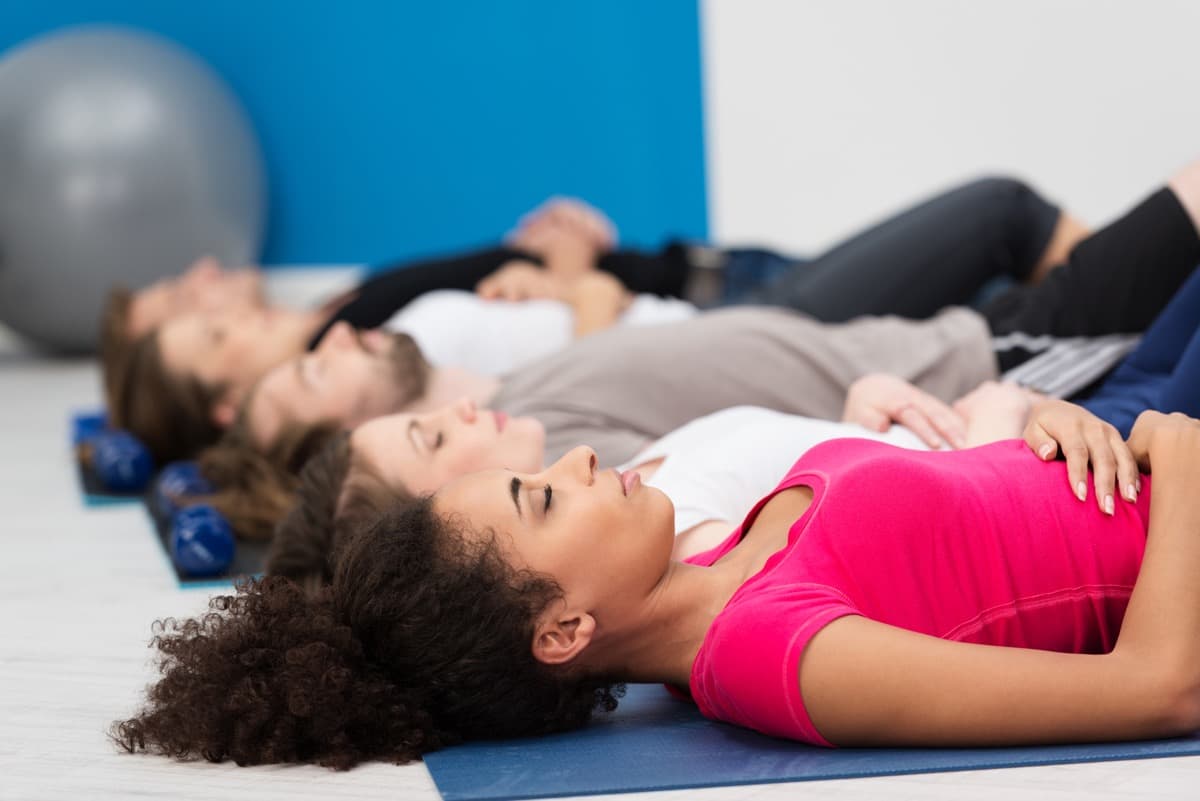


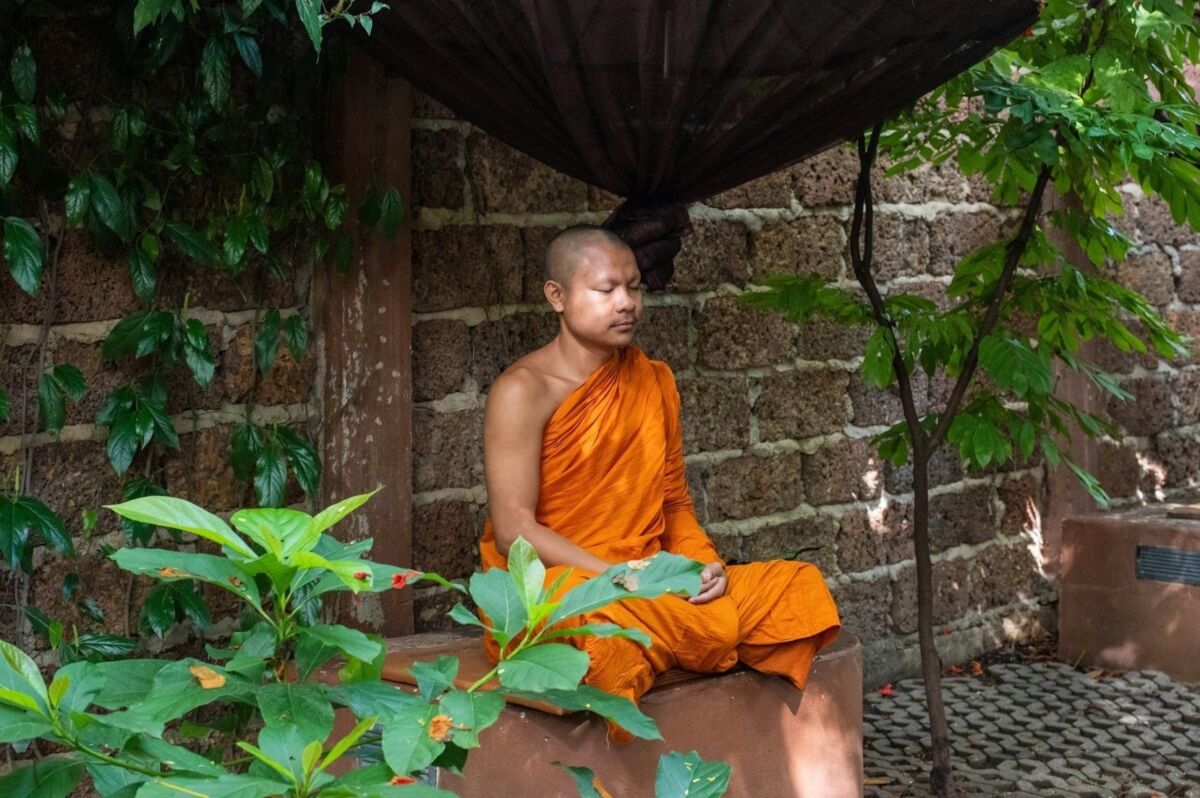
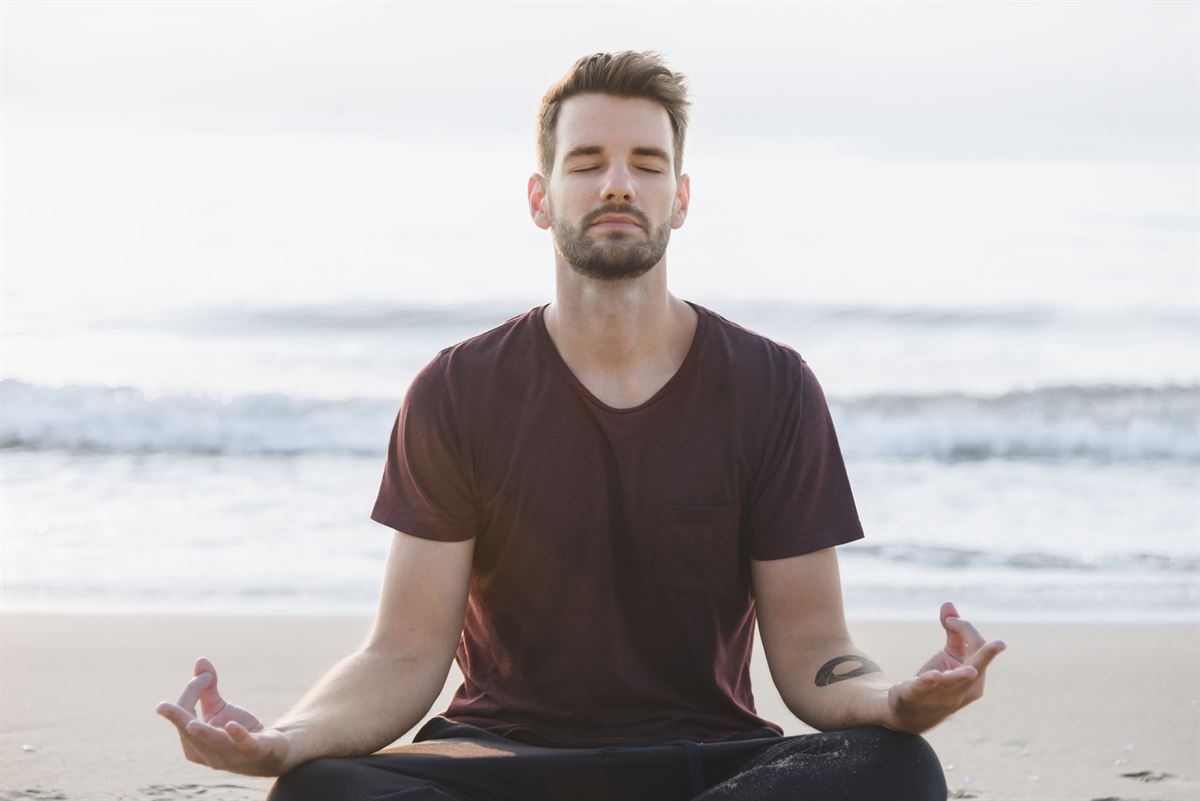



Great post! I really struggled with this when I first started meditating – I felt like I was a fraud or poser because I wasn’t sitting full lotus. This was very useful, thank you!
I’m glad you found it useful, James. Unless you practice yoga on a regular basis, there is no point in trying to meditate in a lotus pose, and sitting on a chair will work much better.
My first meditative experience happened while I was lying down during Shavasana when our yoga teacher decided to guide us through a short body scan to release muscle tension. That was the moment that sparked my interest in meditation.
A lovely, inspiring article. I could read it again and again.
Hi Atheeth, I’m glad you liked the article. Thank you for stopping by 🙂